Undine: To Scale, by David Bax

Watching a Christian Petzold film feels a bit like regarding a drop of liquid that’s been trapped between the table and the bottom of an empty glass or wine bottle. It’s vanishingly fragile, formless but bound and, no matter how entrancing, it simply cannot last. It feels like a miracle that each one of his movies even exists, a fitting impression for a filmmaker who himself seems almost perversely fascinated by impermanence. Undine is another of these, a deceptively slight, mysterious romance about people who pass through each other’s lives. Like a whiff of some intoxicating fume, it’s gone before you know it but it has a profound effect.
Undine (Paula Beer) is an architectural historian who lectures visiting officials on the history of Berlin through its buildings. That landlocked position is at odds with the aquatic elemental being from which she derives her name. But soon she has a bizarre and watery meet-cute with an industrial diver named Christoph (Franz Rogowski). They seem to fall in love quickly but a lie–or maybe an accident or maybe both–threatens their blissful relationship.
Between her job as an historian and his as a technician, there’s an empirical precision to both Undine and Christoph’s worldviews. Increasingly, though, as inexplicable things begin to happen, those philosophies of life begin to feel like desperate attempts to shore up defenses against the encroaching unknown.
We first meet Undine in a large room containing four separate scale models of the city of Berlin, a massive and concerted effort to understand the order of the world in which she lives, to not miss the forest for the trees. Read between the lines of her lectures on architectural theory, though, and you begin to understand all of this apparent order is just centuries of lies built on top of one another. Human beings construct their own environments to fit the stories they tell about themselves. What sort of new buildings get built and, more importantly, which older ones are saved or demolished is all part of the constructed narrative of our collective histories. They tell us who we want to be more than who we are, just like when Undine gives the gift she received from Christoph pride of place in her apartment, equating its importance with his. She celebrates her present but buries her past.
It’s hard to blame Undine for trying to make herself feel assured inside her own reality since there always seems to be a sense of danger around her. Things have a way of breaking when she and Christoph are together; figurines, wine glasses, aquaria. They’re both quiet, reserved, thoughtful people but they can’t keep from destroying things. Meanwhile, the muffled, underwater sounds Undine sometimes hears make it feels as if she’s going to lose the ability to breathe at any moment.
But then again, perhaps she’d be just fine under the water. Perhaps she is, in fact, some sort of mythical aquatic creature. The fact that Undine herself doesn’t quite seem to know who she is speaks to one of Petzold’s pet themes, the mutability of identity. In Undine, people have a tendency to disappear. Or maybe they were never there at all. Who is?





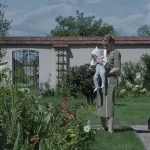










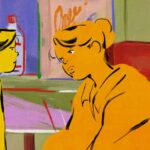
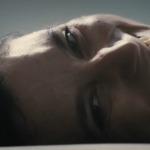
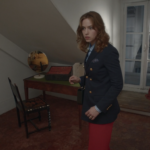






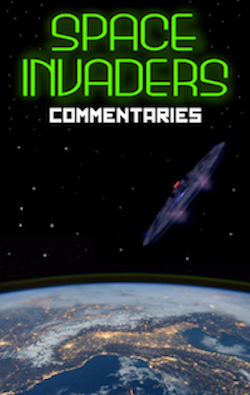

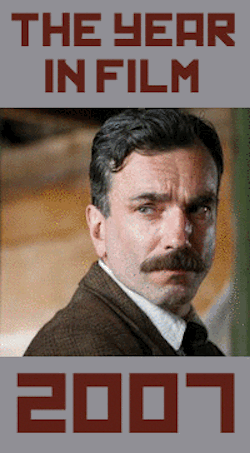


So it’s not a remake of Ondine?
No but I think that’s a different spelling of the same type of being.
– David